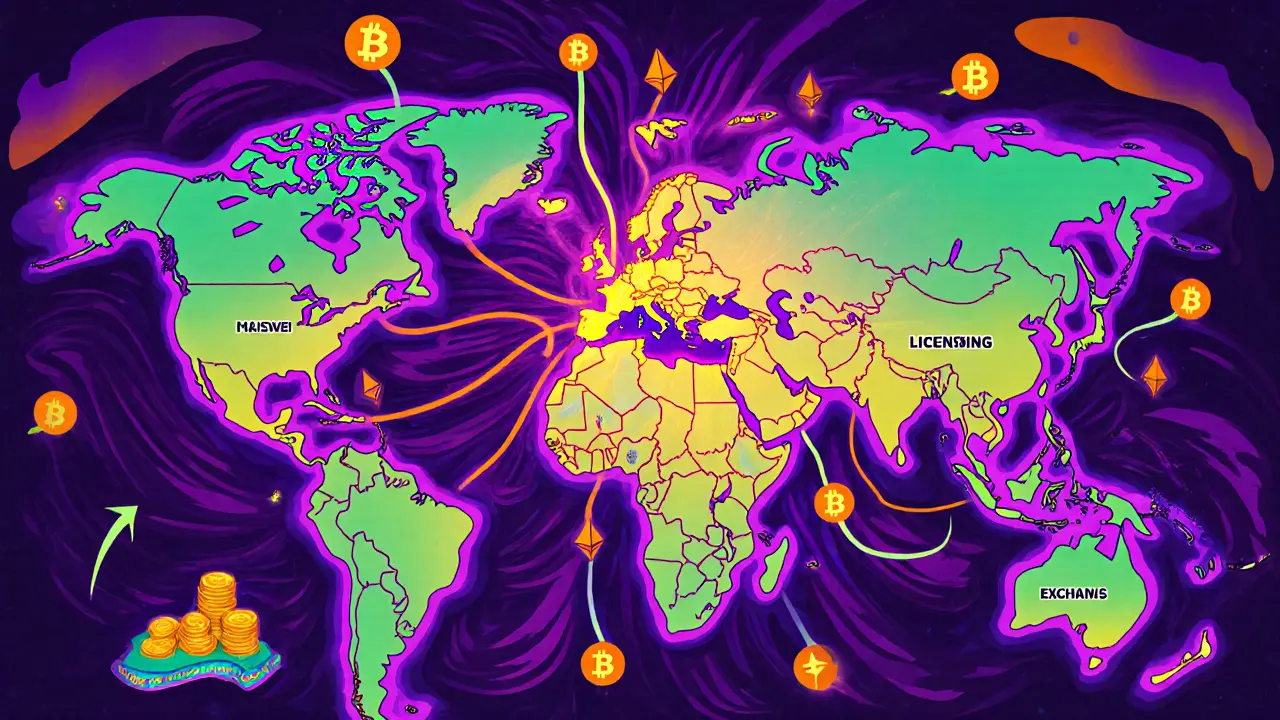MiCA Explained: What It Means for Crypto in Europe and Beyond
When you hear MiCA, the Markets in Crypto-Assets Regulation, Europe’s landmark crypto rulebook that came into force in 2024. Also known as EU Crypto Regulation, it’s not just another policy—it’s the foundation for how crypto businesses must operate across all 27 EU countries from now on. Before MiCA, every country had its own rules. Some banned crypto. Some let exchanges run wild. Now, if you’re running a crypto exchange, issuing a token, or even just holding crypto in the EU, MiCA applies to you.
MiCA doesn’t just cover exchanges. It touches everything: stablecoins, wallet providers, crypto asset managers, and even the people who create new tokens. It forces companies to publish clear whitepapers, prove they have enough money to stay open, and follow strict AML, anti-money laundering rules that require knowing who your customers are and reporting suspicious activity. It also introduces VASP licensing, a mandatory registration system for crypto service providers that acts like a legal passport to operate in the EU. If you’re not licensed under MiCA, you can’t legally serve EU customers—even if you’re based in the U.S. or Asia.
Why does this matter to you? Because MiCA is setting the global standard. Countries outside the EU are watching closely. If a crypto project wants to be taken seriously, it now needs to comply with MiCA—even if it’s not targeting Europe. That’s why you’re seeing so many posts here about compliance, exchange reviews, and crypto bans in places like Nigeria and Algeria. MiCA made it clear: no more shady tokens, no more anonymous trading, no more fly-by-night platforms. The era of wild west crypto is over in regulated markets.
What you’ll find below are real-world examples of how MiCA is changing the game. From how BUX Crypto adjusts its fees to meet EU rules, to why BitWell collapsed under compliance pressure, to how Algeria’s ban looks in contrast to Europe’s structured approach. You’ll see how AML rules force exchanges to track every transaction, how VASP licensing costs kill small players, and why some tokens simply can’t survive under MiCA’s transparency rules. This isn’t theory. It’s what’s happening right now—and if you’re in crypto, you need to understand it.
Global Crypto Regulatory Convergence Trends: How Countries Are Aligning Digital Asset Rules
Global crypto regulation is aligning around MiCA standards, with major economies adopting consistent rules for stablecoins and exchanges. This convergence is boosting institutional investment, reducing volatility, and pushing small players out of the market.
